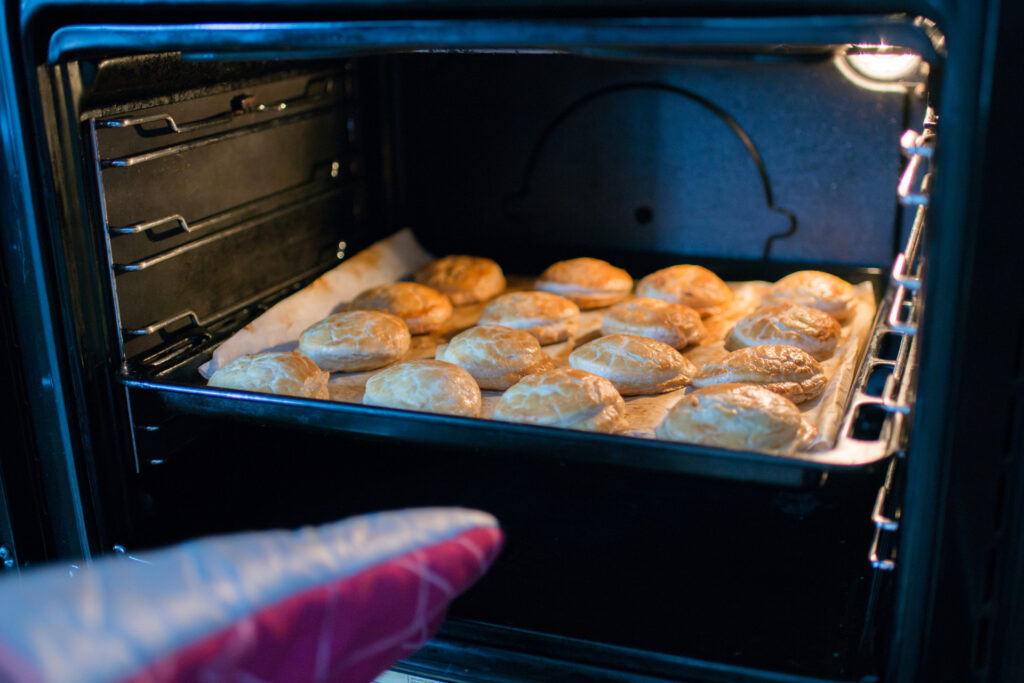
Baking is both an art and a science. Behind every perfectly risen cake or flaky pastry lies a series of precise chemical reactions. Understanding the science of baking can elevate your creations, helping you achieve consistent, delicious results every time. Chef Abdul explores the chemistry behind common baking processes and shares tips on mastering this culinary craft.
Every ingredient in a baking recipe has a specific function. Here’s how they contribute to the final product:
1.1 Flour
1.2 Sugar
1.3 Fats (Butter, Oil, Shortening)
1.4 Eggs
1.5 Leavening Agents (Baking Soda, Baking Powder, Yeast)
1.6 Liquids (Milk, Water, Juice)
Understanding these reactions can help troubleshoot and improve your baking:
2.1 Maillard Reaction
2.2 Caramelization
2.3 Gluten Formation
2.4 Leavening Gas Expansion
3.1 Measure Accurately
3.2 Follow the Recipe
3.3 Room Temperature Ingredients
3.4 Preheat the Oven
3.5 Don’t Overmix
3.6 Use the Right Pan
3.7 Monitor Baking Time
Problem: Cake Sinks in the Middle
Problem: Cookies Spread Too Much
Problem: Bread is Dense
Problem: Dry or Crumbly Texture
Perfect baking isn’t just about flavour—presentation matters, too:
Baking is a journey of precision and passion. You can consistently create delectable treats by understanding the science behind each step and ingredient. As Chef Abdul says, “Baking is where science meets magic, turning simple ingredients into extraordinary creations.”
Experiment, learn from your results, and enjoy the sweet rewards of mastering the science of baking!
Chef Abdul © Copyright 2024. All rights reserved.